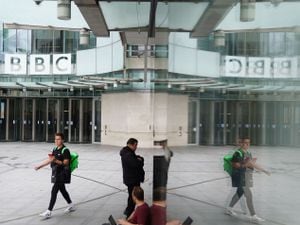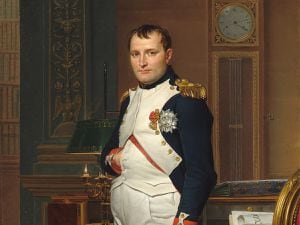Peter Rhodes on living with colour blindness – and not wanting to be cured
Read the latest column from Peter Rhodes.

I knew if I waited long enough, I would become a victim. Sure enough, moves are afoot to help those of us stricken with colour blindness. When I say “stricken” what I actually mean is that we do not worry in summer when our lawns turn from green to brown because, as any colour-blind person will tell you, brown and green are the same colour.
Anyway, relief is at hand. Firstly, a new range of spectacles costing £200 is claimed to cure some cases. Secondly, football and rugby authorities are working to prevent colour confusion on the pitches by insisting on rival teams wearing light and dark kit.
It's a start. More could be done. Consider, for example, the installation leaflet for a typical broadband router which tells users to be guided by the red, green and amber lights when, to some of us, all three look much the same. Blue, yellow and white lights would avoid any confusion.
The question people always ask is: “How do you manage at traffic lights?” Are we colour-blind folk the only ones to have noticed that the authorities put the stop light at the top, the go light at the bottom and the other one in the middle? We are happy to describe traffic lights as red, amber and green even though we know they are actually orange, yellow and grey.
Some say a single red contact lens can cure colour blindness. But how many of us want to be cured? Once, after retinal surgery, I had specks of blood in my eye which may have effected a temporary contact lens-style cure. But the brave new world I beheld was not a world I envied. It was bright and garish and ludicrously vivid and I was happy when it faded to the familiar subtle shades I know, even if I can't name them.
How is it that colour blindness has survived millions of years of evolution and natural selection? The answer I once heard was that colour-blind people are natural hunters because we look for shape and movement and are not fooled by camouflage. I was reminded of a safari in South Africa some years ago when, time after time, I spotted creatures that my colour-aware colleagues missed.
To recap. If you want someone to detect wildebeest on the veldt, choose a colour-blind companion. Just don't let him install your router.





